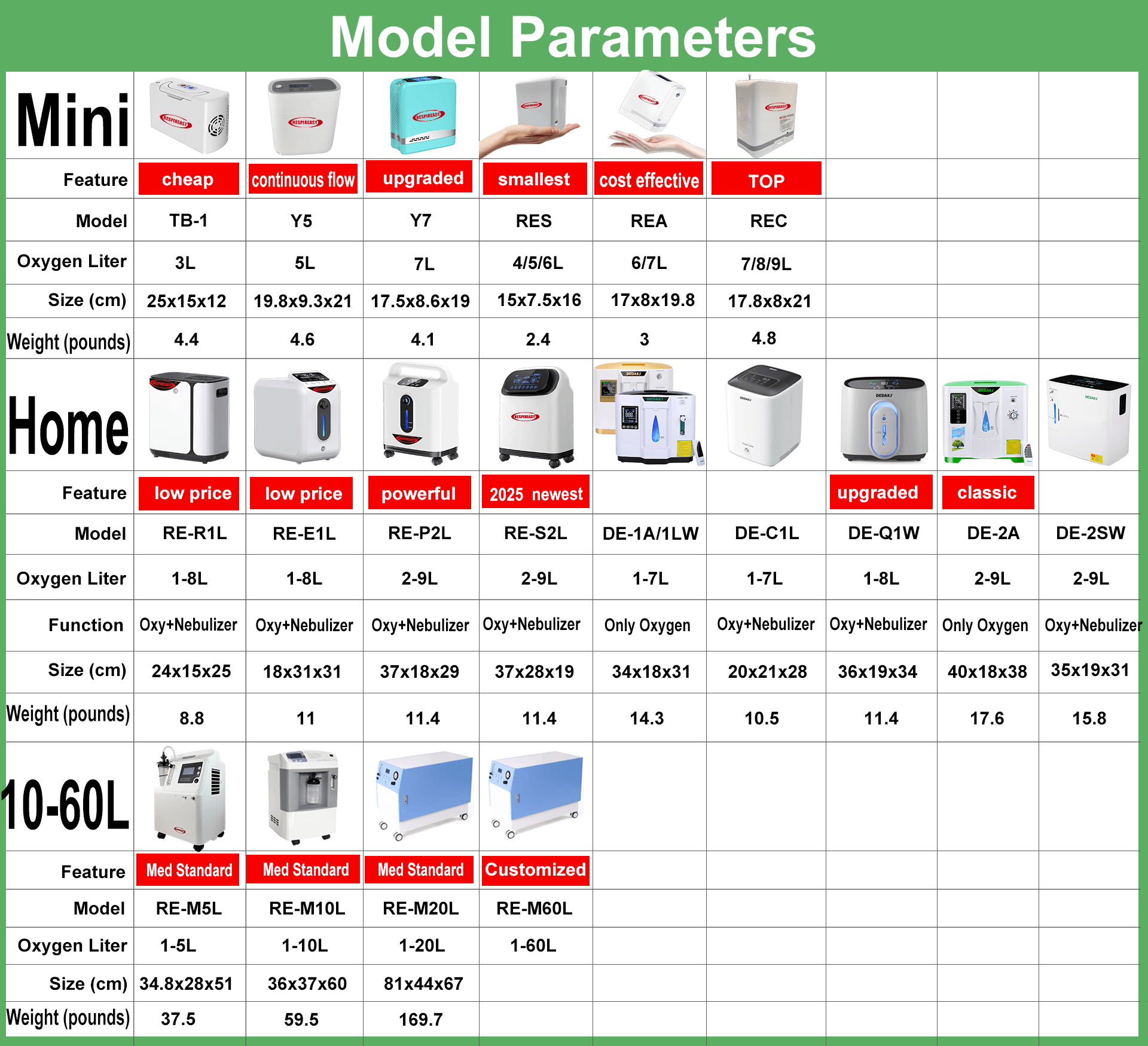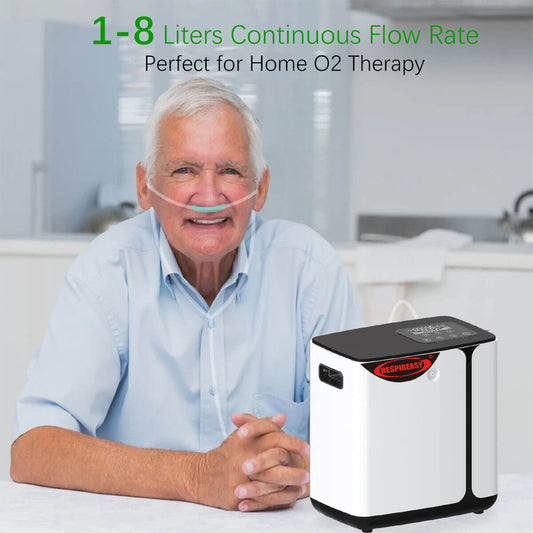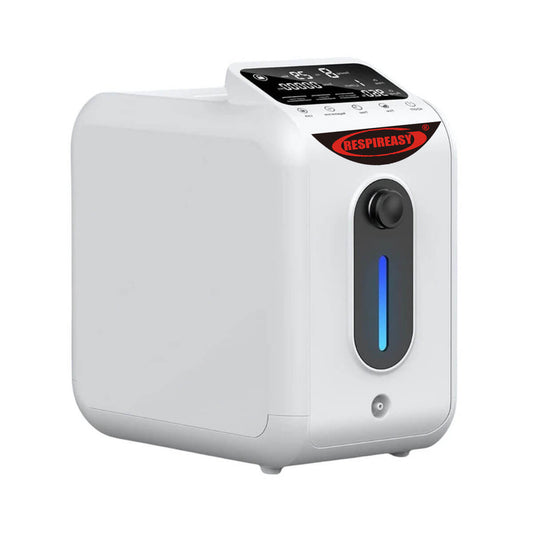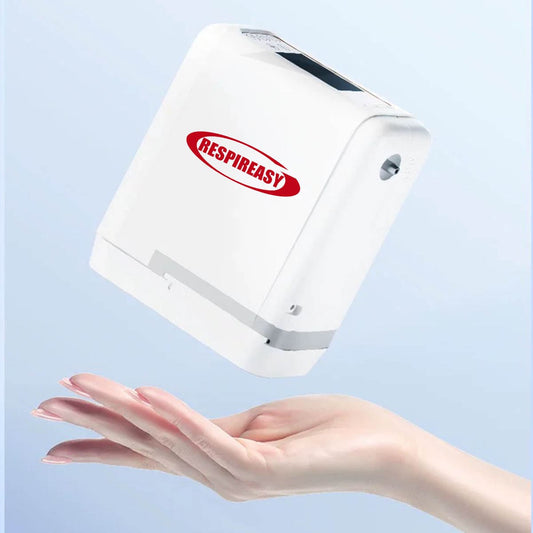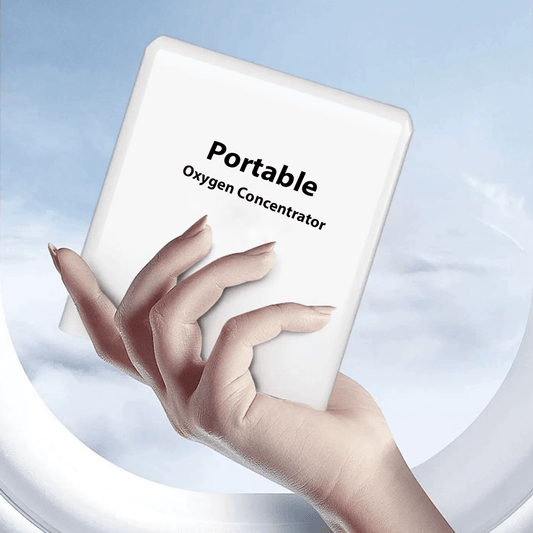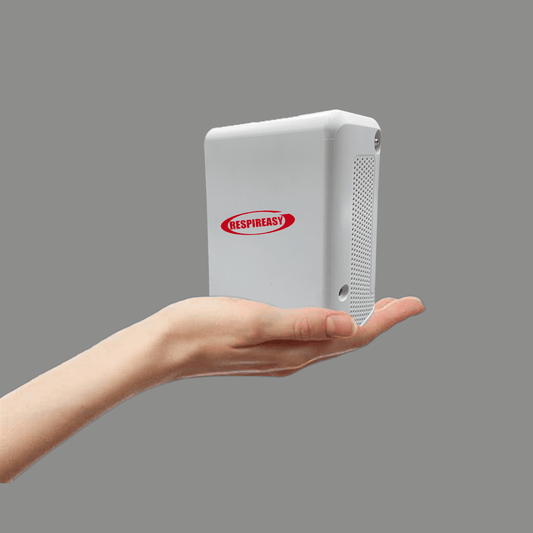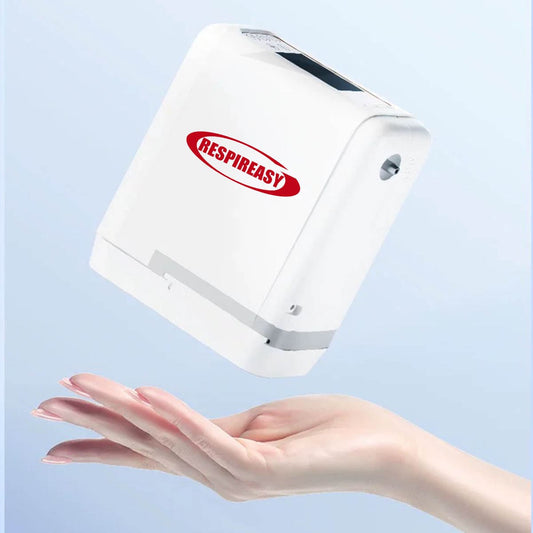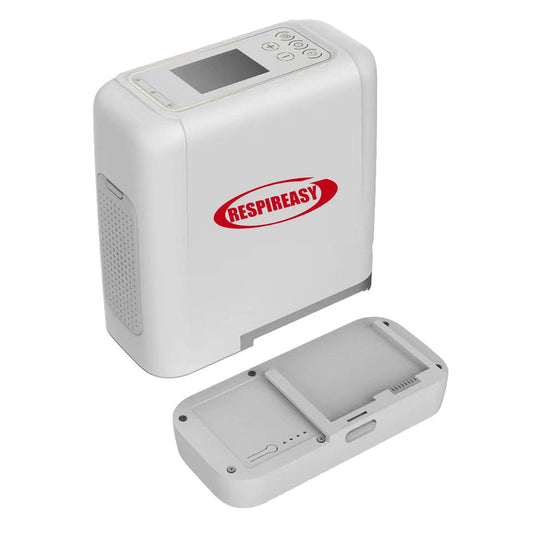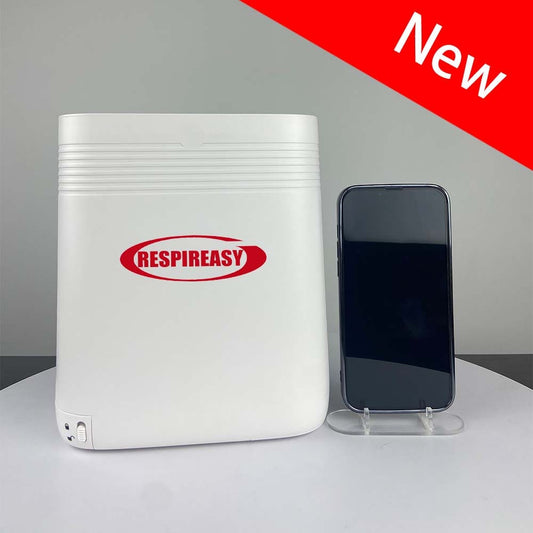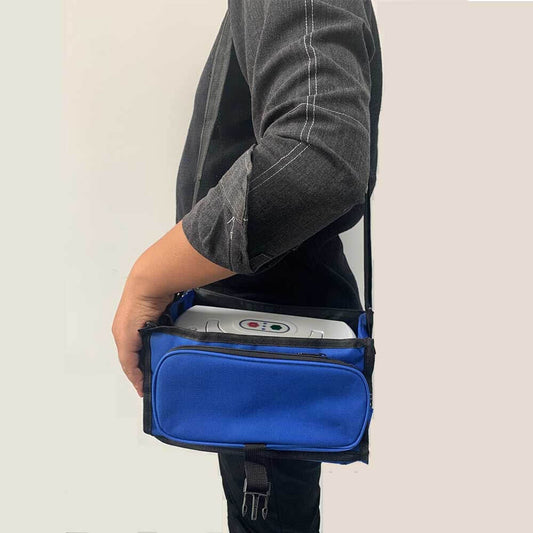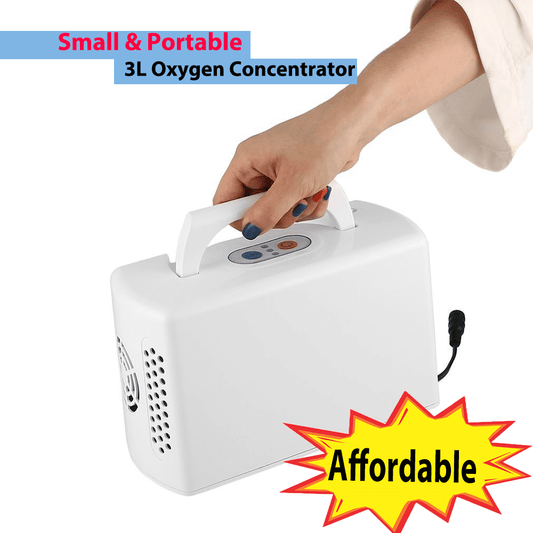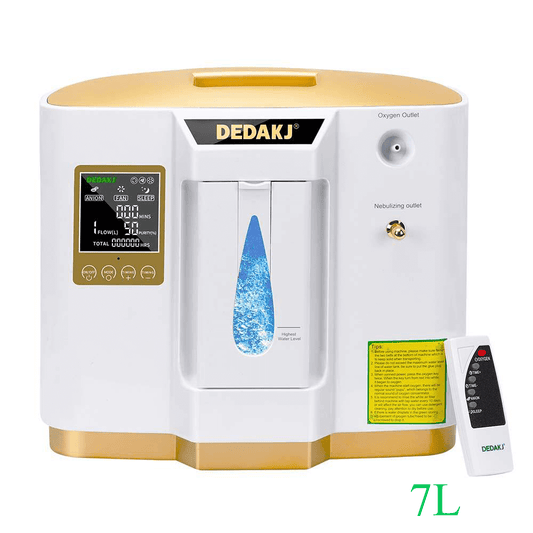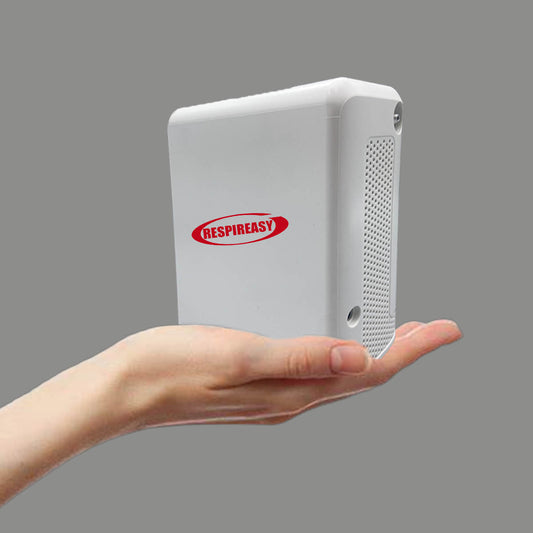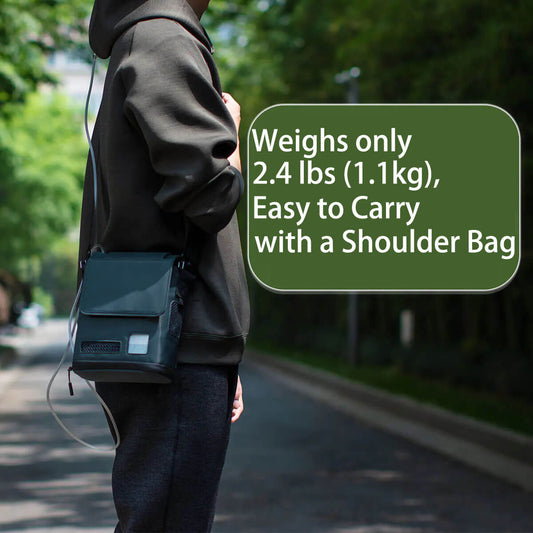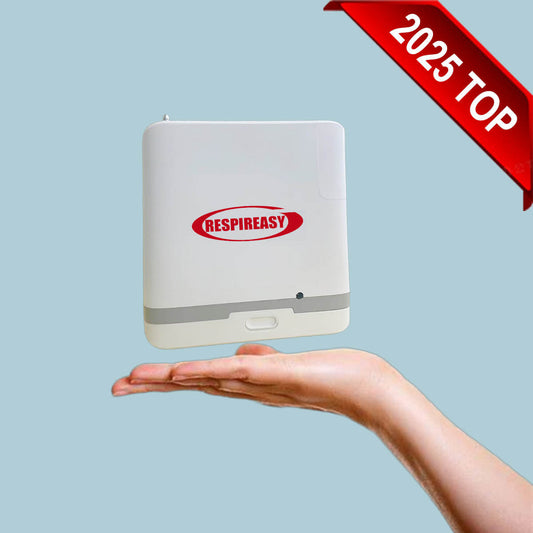Chronic Obstructive Pulmonary Disease (COPD)
What is COPD?
Chronic obstructive pulmonary disease, or COPD, refers to a group of diseases that cause airflow blockage and breathing-related problems. It includes emphysema and chronic bronchitis. COPD makes breathing difficult for the 16 million Americans who have this disease. Millions more people suffer from COPD, but have not been diagnosed and are not being treated. Although there is no cure for COPD, it can be treated.
What are the symptoms of COPD?
Symptoms of COPD include:
- Frequent coughing or wheezing.
- Excess phlegm, mucus, or sputum production.
- Shortness of breath.
- Trouble taking a deep breath.

Who has COPD?
Chronic lower respiratory disease, primarily COPD, was the fourth leading cause of death in the United States in 2018.1 Almost 15.7 million Americans (6.4%) reported that they have been diagnosed with COPD.2 More than 50% of adults with low pulmonary function were not aware that they had COPD,3 so the actual number may be higher. The following groups were more likely to report COPD in 2013.2
- Women.
- People aged 65 to 74 years and ≥75 years.
- American Indians/Alaska Natives and multiracial non-Hispanics.
- People who were unemployed, retired, or unable to work.
- People with less than a high school education.
- People who were divorced, widowed, or separated.
- Current or former smokers.
- People with a history of asthma.
COPD Among Women
In the past, COPD was often thought of as a man’s disease, but things have changed in the past couple of decades. Since 2000, more women than men have died from COPD in the United States.4 In 2018, chronic lower respiratory disease, primarily COPD, was the fourth leading cause of death among US women.4 The age-adjusted death rates for COPD have dropped among US men, but death rates have not changed for women.5 More women than men are also living with COPD in the United States.5
There are several reasons why COPD might affect women differently than men.6 Women tend to be diagnosed later than men, when the disease is more advanced and treatment is less effective. Women also seem to be more vulnerable to the effects of tobacco and other harmful substances, such as indoor air pollution. For example, tobacco smoke is the main cause of COPD in the United States, but women who smoke tend to get COPD at younger ages and with lower levels of smoking than men who smoke. There also appear to be differences in how women and men respond to different treatments.
What causes COPD?
In the United States, tobacco smoke is a key factor in the development and progression of COPD.7 Exposure to air pollutants in the home and workplace, genetic factors, and respiratory infections also play a role. In the developing world, indoor air quality is thought to play a larger role than it does in the United States. People should try to avoid inhaling tobacco smoke, home and workplace air pollutants, and respiratory infections to prevent developing COPD. Early detection of COPD may change its course and progress.
What are the complications or effects of COPD?
Compared to adults without COPD, those with this disease are more likely to:
- Have activity limitations like difficulty walking or climbing stairs.2,8,9
- Be unable to work.2,8
- Need special equipment like portable oxygen tanks.2
- Not engage in social activities like eating out, going to places of worship, going to group events, or getting together with friends or neighbors.9
- Have increased confusion or memory loss.8
- Have more emergency room visits or overnight hospital stays.10
- Have other chronic diseases like arthritis, congestive heart failure, diabetes, coronary heart disease, stroke, or asthma.10,11
- Have depression or other mental or emotional conditions.10,11
- Report a fair or poor health status.12
How is COPD diagnosed?

A simple test, called spirometry, can be used to measure pulmonary—or lung—function and detect COPD in anyone with breathing problems.3,13
How is COPD treated?
Treatment of COPD requires a careful and thorough evaluation by a physician.3,13 COPD treatment can alleviate symptoms, decrease the frequency and severity of exacerbations, and increase exercise tolerance. Treatment options that your physician may consider include:
- Quit smoking. For people who smoke, the most important part of treatment is smoking cessation.
- Avoid tobacco smoke and other air pollutants at home and at work.
- Ask your doctor about pulmonary rehabilitation, which is a personalized treatment program that teaches COPD management strategies to improve quality of life. Programs may include plans that teach people how to breathe better and conserve their energy, as well as provide advice on food and exercise.
- Take medication. Symptoms such as coughing or wheezing can be treated with medication.
- Avoid lung infections. Lung infections can cause serious problems in people with COPD. Certain vaccines, such as flu and pneumococcal vaccines, are especially important for people with COPD. . Respiratory infections should be treated with antibiotics, if appropriate.
- Use supplemental oxygen. Some people may need to use a portable oxygen tank if their blood oxygen levels are low.
References
- Xu JQ, Murphy SL, Kochanek KD, Arias E. Mortality in the United States, 2018. NCHS Data Brief, Number 355. Hyattsville, MD: National Center for Health Statistics; 2020.
- Wheaton AG, Cunningham TJ, Ford ES, Croft JB. Employment and activity limitations among adults with chronic obstructive pulmonary disease — United States, 2013. MMWR Morb Mortal Wkly Rep. 2015:64 (11):290–295.
- Mannino DM, Gagnon RC, Petty TL, Lydick E. Obstructive lung disease and low lung function in adults in the United States: data from the National Health and Nutrition Examination Survey 1988-1994. Arch Intern Med. 2000;160:1683–1689.
- Centers for Disease Control and Prevention. National Vital Statistics System detailed mortality data at Wonder Database website. http://wonder.cdc.gov. Accessed March 3, 2021.
- Ford ES, Croft JB, Mannino DM, Wheaton AG, Zhang X, Giles WH. COPD surveillance—United States, 1999–2011. Chest.2013;144(1):284–305. http://www.ncbi.nlm.nih.gov/pmc/articles/PMC3707177/ External. Accessed July 3, 2019.
- Aryal S, Diaz-Guzman E, Mannino DM. Influence of sex on chronic obstructive pulmonary disease risk and treatment outcomes. Int J Chron Obstruct Pulmon Dis. 2014;9:1145–1154. https://www.ncbi.nlm.nih.gov/pmc/articles/PMC4206206/. Accessed July 3, 2019.
- Centers for Disease Control and Prevention. Annual smoking-attributable mortality, years of potential life lost, and productivity losses — United States, 1997–2001. MMWR Morb Mortal Wkly Rep. 2005;54(250):625–628.
- Greenlund KJ, Liu Y, Deokar AJ, Wheaton AG, Croft JB. Association of chronic obstructive pulmonary disease with increased confusion or memory loss and functional limitations among adults in 21 states, 2011 Behavioral Risk Factor Surveillance System. Prev Chronic Dis. 2016;13:150428. DOI: http://dx.doi.org/10.5888/pcd13.150428.
- Liu Y, Croft JB, Anderson LA, Wheaton AG, Presley-Cantrell LR, Ford ES. The association of chronic obstructive pulmonary disease, disability, engagement in social activities, and mortality among US adults aged 70 years or older: 1994-2006. Int J COPD. 2014;9:75–83.
- Wheaton AG, Ford ES, Cunningham TJ, Croft JB. Chronic obstructive pulmonary disease, hospital visits, and comorbidities—National Survey of Residential Care Facilities, 2010. J Aging Health. 2015;27:480–499.
- Cunningham TJ, Ford ES, Rolle IV, Wheaton AG, Croft JB. Association of self-reported cigarette smoking with chronic obstructive pulmonary disease and co-morbid chronic conditions in the United States. COPD. 2015;12;276–286.
- Wheaton AG, Ford ES, Thompson WW, Greenlund KJ, Presley-Cantrell LR, Croft JB. Pulmonary function, chronic respiratory symptoms, and health-related quality of life among adults in the United States—National Health and Nutrition Examination Survey 2007-2010. BMC Public Health. 2013;13:854.
- Qaseem A, Wilt TJ, Weinberger SE, et al. Diagnosis and management of stable chronic obstructive pulmonary disease: a clinical practice guideline update from the American College of Physicians, American College of Chest Physicians, American Thoracic Society, and European Respiratory Society. Annals Intern Med. 2011;155:179–191.




























